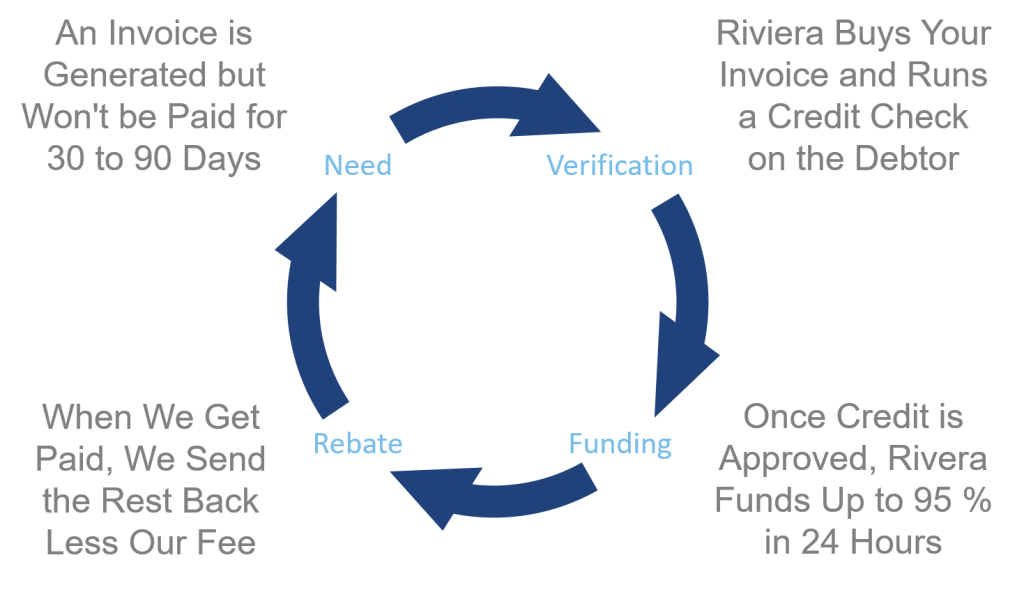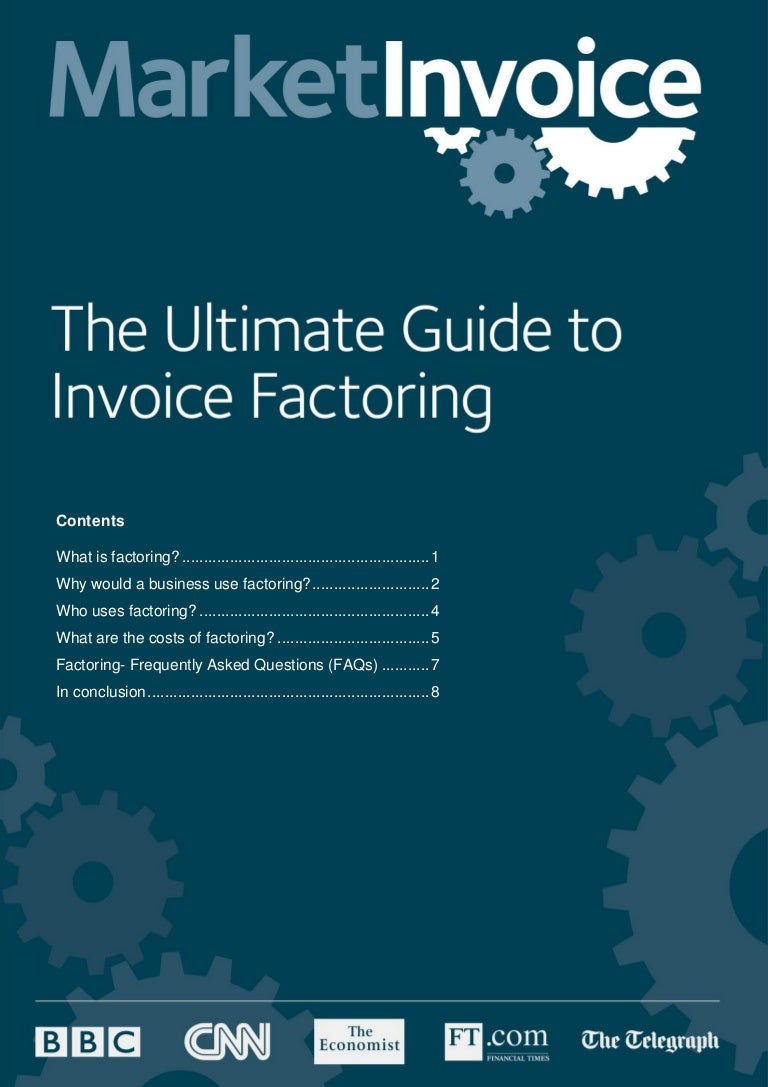
Invoice financing involves fewer steps than invoice factoring. It helps you better appreciate the following differences… 2. Understanding this conceptual difference is useful. Invoice financing is essentially a kind of loan that uses your invoices as collateral, whereas Invoice factoring is more like a sale that uses your invoices as a product. The differences between invoice financing and invoice factoring 1. The differences between invoice financing vs invoice factoring But these might require more expensive rates or higher qualifying criteria. There are exceptions to this, such as selective factoring.
#Quick invoice factoring full#
Handing over the full sales ledgerīoth solutions usually require your business finances all of its invoices, not just a selected few. If your customers pay late or default, your business could be charged for late payments and/or liable to pay back invoice payments to the financing provider.Īnd in some cases, you may need to pay to leave your contract. Long-term use of them is not often an efficient way to finance your business. The downside of these conveniences is that both invoice financing and invoice factoring are relatively expensive forms of financing. Or they help you weather difficult financial periods where working capital is essential. The upside to improved cashflow and quick deployment goes beyond the short term…Ĭombined, these benefits mean you are ready for opportunities such as large orders or a big contract. Providers are usually more interested in your customers’ reliability and financial situation than yours.

Onboarding requires less credit checks and other financial requirements than a traditional bank loan.

They are both also relatively quick to deploy. Their main benefit is the same: they help you utilise your existing invoices to increase cashflow. Invoice financing and invoice factoring are different kinds of invoice finance. The similarities between invoice financing and invoice factoring 1. The similarities between invoice financing vs invoice factoring But in general, the most common invoice factoring is: non-selective (i.e., your whole sales ledger), non-recourse notification factoring. What is the most common type of invoice factoring?ĭifferent industries and providers have different norms. Non-notification: Your customers are not informed of a third-party involved (the invoice factoring takes place under your company name).Notification factoring: Your customers are notified that a there is a third-party involved in collections.Non-recourse factoring: You take on liability of all invoices.Recourse factoring: The factoring company takes on full liability of invoices, including unpaid or disputed ones.Selective factoring (also known as spot factoring): You select exactly which invoices the invoice factoring company buys.There are several variations of invoice factoring. It then collects the invoices on your behalf from your customers when the payment is due.įinally, the factor pays you the remaining balance (minus its invoice factoring fees). The factor provides you with between 75 – 90% of the invoice value upfront. Invoice factoring is a popular type of invoice finance in which you sell your outstanding invoices to a third party factoring company (often known as a factor). Invoice discounting is a type of invoice finance, whereas discounting is a different financial arrangement where a debtor delays their debt payments in exchange for a fee. What’s the difference between invoice discounting and discounting? Whereas invoice discounting tends to be used in the UK but less so in North America.

Invoice financing is a term which tends to be used in both North America and the UK. Invoice financing and invoice discounting are simply different terms for the the same thing. What’s the difference between invoice financing and invoice discounting? The similarity between these two terms often leads to them being mixed up. Invoice finance is an umbrella term that covers several types of financing, including invoice financing and invoice factoring. What’s the difference between ‘invoice finance’ and ‘invoice financing’? They calculate this by looking at a number of risk factors associated with: The precise amount you receive upfront depends on your particular provider and the terms you agree. Invoice financing is a business financing method of using your existing open invoices to get a loan for 75 – 90% of their value upfront. Let’s look at the similarities and differences between them, their relative pros and cons, and clarify some other relevant terms along the way. Two of the most commonly used and confused methods are invoice financing and invoice factoring. Or their name is often mixed up with a different financing term. Some of them are known by more than one name. There are many B2B financing methods available.


 0 kommentar(er)
0 kommentar(er)
